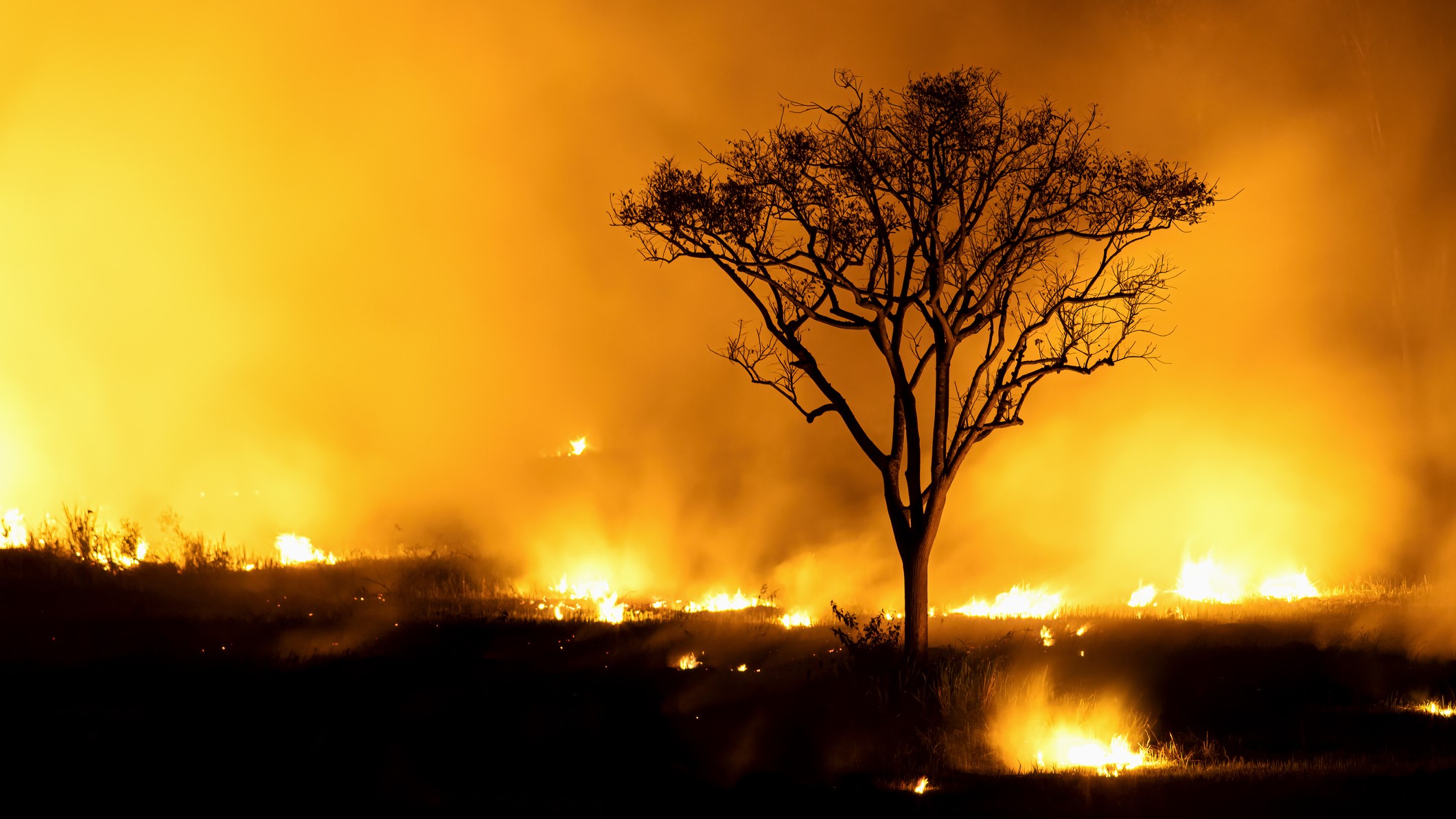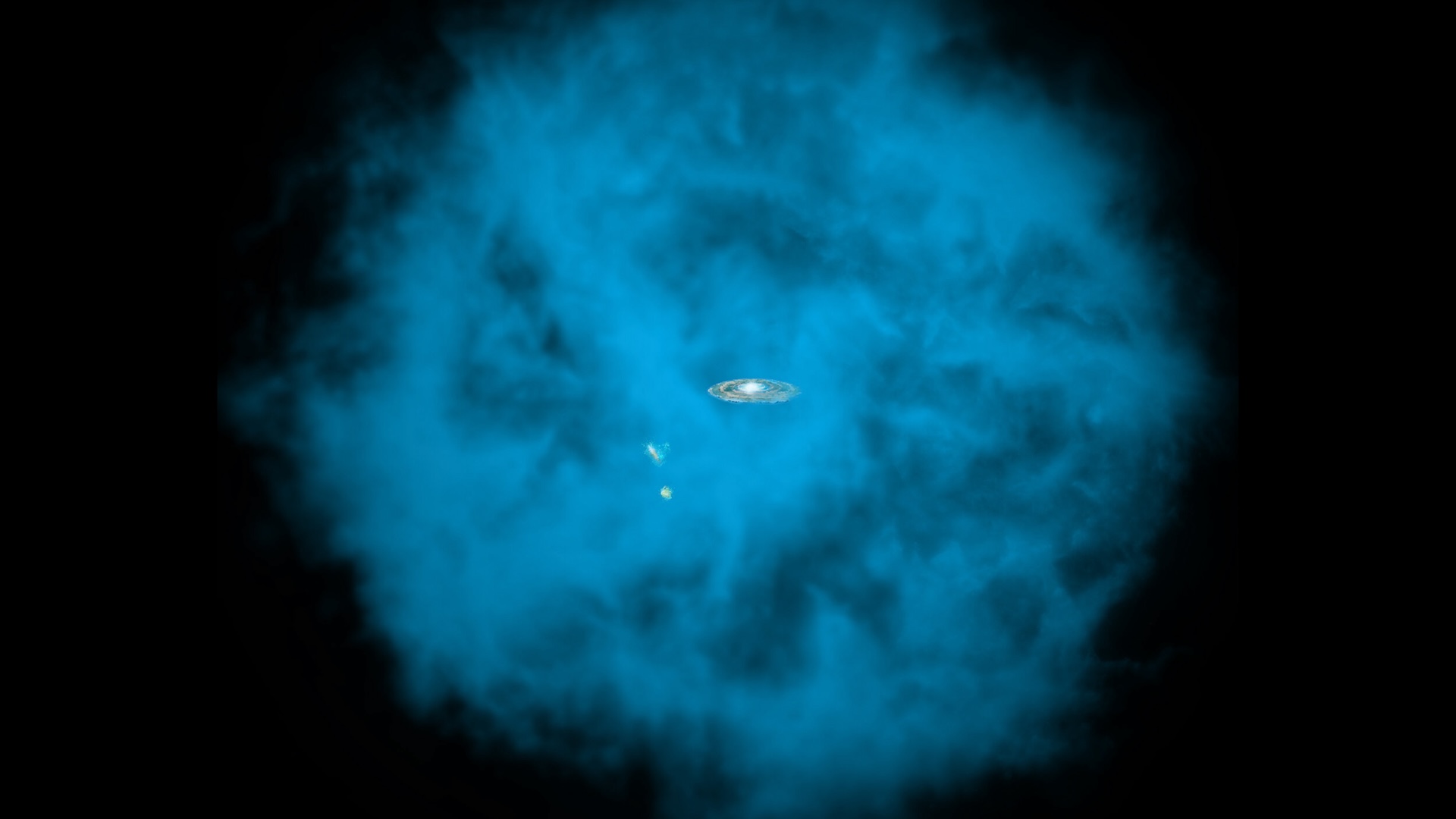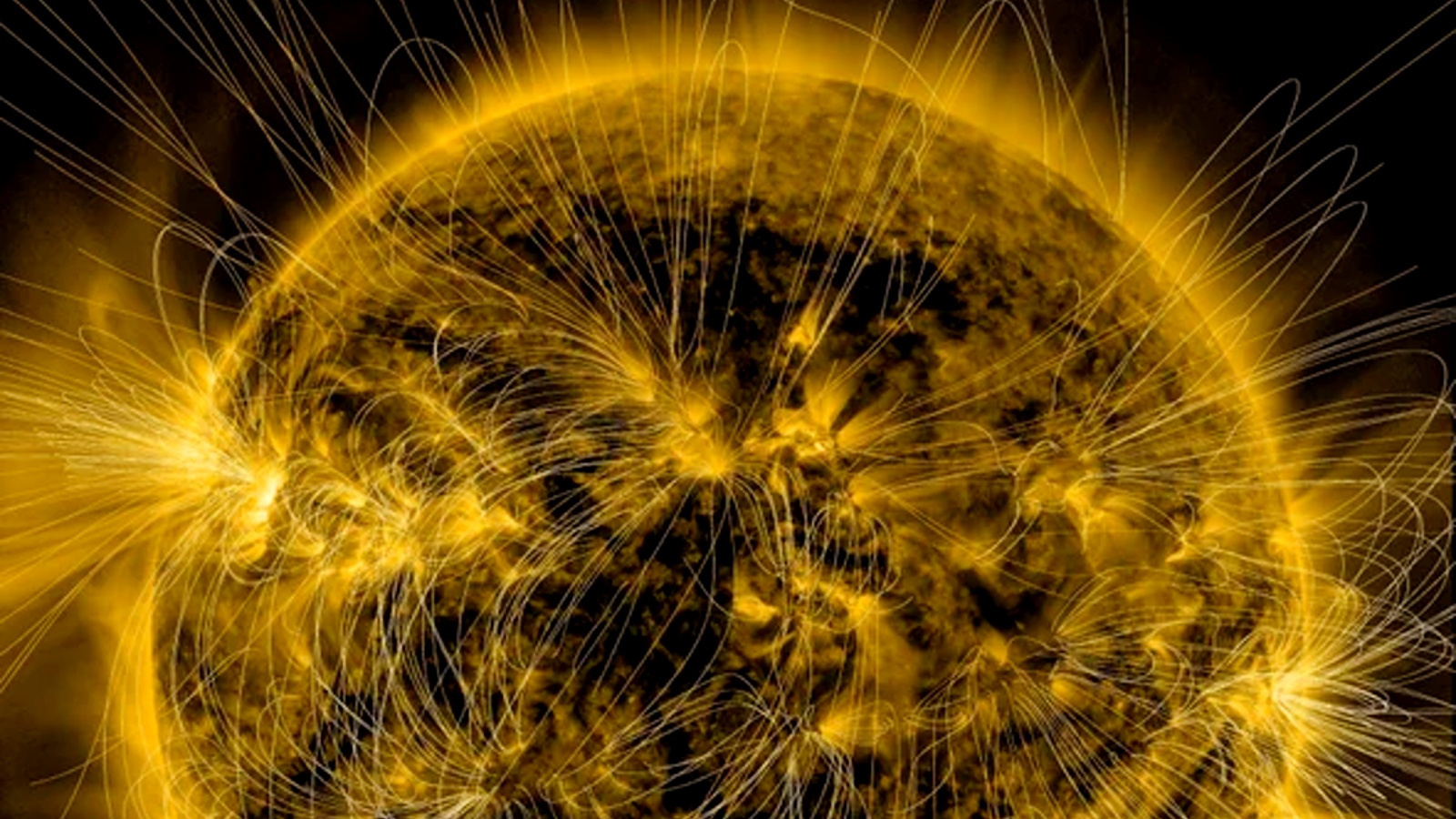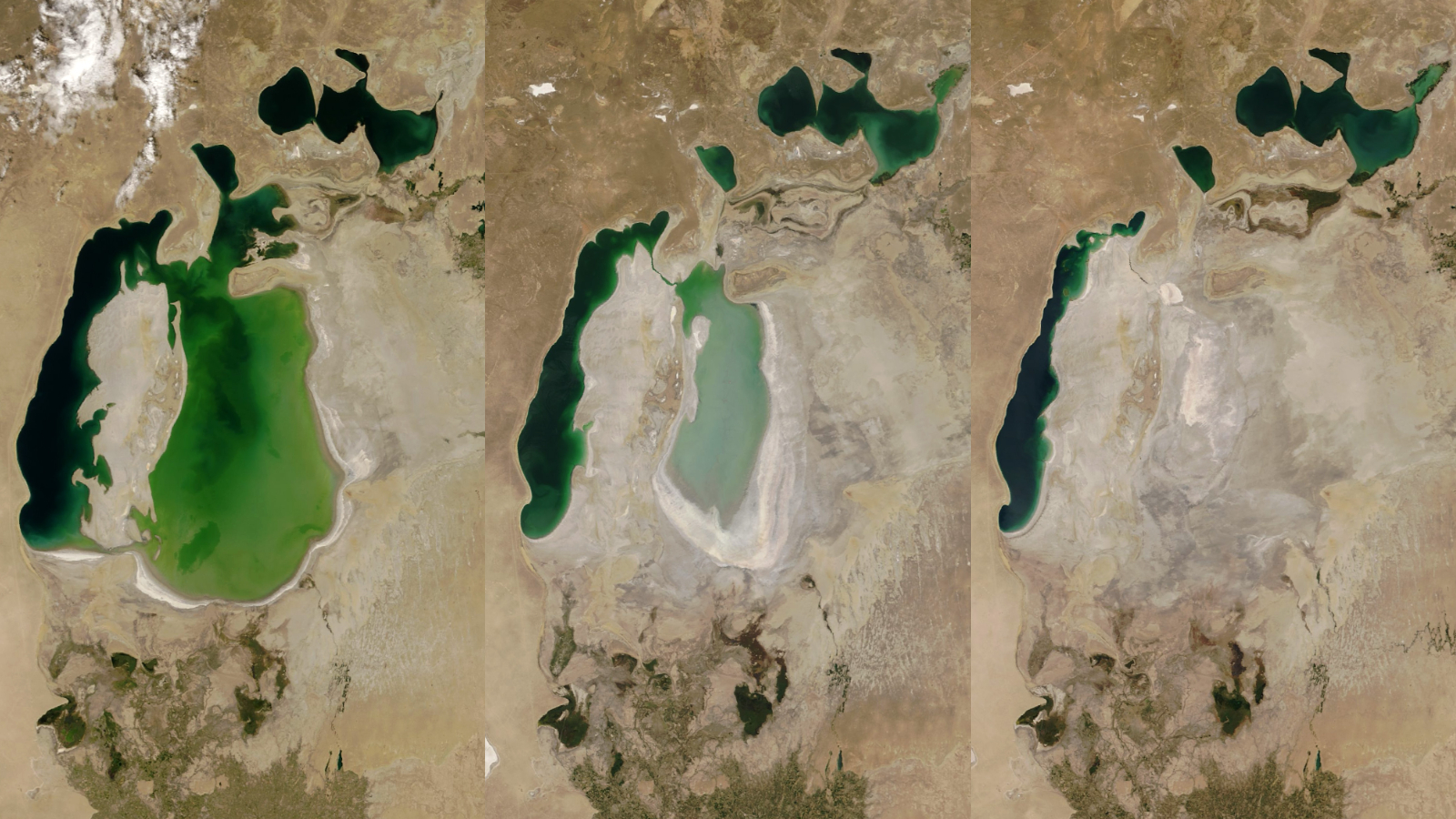Doomsday Clock hovers at 90 seconds to midnight for 2nd year in a row
The Bulletin of the Atomic Scientists cited the threat of nuclear escalation in Ukraine, climate change and disruptive technologies as reasons to keep the clock at 90 seconds to midnight.

The Doomsday Clock, whose hypothetical hands strike the minutes and seconds left until a human-made apocalypse destroys the world as we know it, has remained at just 90 seconds to midnight.
The clock moved to 90 seconds to midnight for the first time ever last year, after hovering at 100 seconds to midnight for three consecutive years as the world teetered on the "doorstep of doom." The clock's hands remain in this critical position mainly because of the existential risk posed by climate change and nuclear escalation in Russia's ongoing assault on Ukraine, representatives of the Bulletin of the Atomic Scientists (BAS) announced on Tuesday (Jan. 23). The BAS is a non-profit organization of scientists and policy-experts that sets the time of the Doomsday Clock.
Representatives also cited disruptive technologies — including cutting-edge bioresearch and vectors for misinformation — as dangers contributing to our dash toward self-destruction.
The time of the Doomsday Clock is decided by the BAS's Science and Security Board (SASB), which this year featured science educator Bill Nye, and the organization's board of sponsors, which includes 15 Nobel laureates.
"The Bulletin SASB took into account developments across many different domains, including a broad range of events or factors that relate to the possibility of nuclear war, to climate change, to biological threats such as pandemics or biological weapons, and to emerging technologies that may prove disruptive to peace and stability," Herbert Lin, a senior research scholar at the Center for International Security and Cooperation at Stanford University who sits on the SASB, told Live Science in an email.
Related: Catastrophic climate 'doom loops' could start in just 15 years, new study warns
Chief among these potentially world-ending new technologies is artificial intelligence (AI), Lin said. AI technology progressed by leaps and bounds last year, but 2024 may be the year it changes our lives.
Sign up for the Live Science daily newsletter now
Get the world’s most fascinating discoveries delivered straight to your inbox.

The BAS created the Doomsday Clock in 1947 to warn against the existential threat posed by nuclear weapons, initially setting it to seven minutes to midnight. The clock jumped to three minutes to midnight two years later, following the first successful Soviet atomic bomb test during the Cold War between the U.S. and the Soviet Union. It lurched another minute closer to midnight in 1953, after the detonation of the first hydrogen bombs but was again set to seven minutes in 1960. Its hands can and have moved even further backward — in 1991, they moved to 17 minutes to midnight after the collapse of the Soviet Union and the signing of the Strategic Arms Reduction Treaty that agreed to reduce the number of long-range nuclear weapons in the U.S. and former Soviet Union.
The clock re-entered the two-minute-warning zone in 2018 for the first time since 1960 due to "reckless language in the nuclear realm" and a world "on the cusp of a new arms race," BAS president and CEO Rachel Bronson wrote in a statement at the time.
Over the past six years, the clock has gradually crept closer to midnight.
The decision to move the clock forward last year was largely based on humanity's inaction on climate change and fears over the war in Ukraine. But there were a number of other factors. "For many years we have also considered various disruptive technologies from online misinformation to new bioresearch," Bronson said in a statement shared with Live Science. "This year, the technology conversation must also include the recent rapid advancements in AI."
New technologies pose dangers of their own, but they also have the power to exacerbate existing challenges. "We also call attention to the threat of the corruption of the global information environment that acts as a threat multiplier," Lin said. "The abundance of mis and disinformation about nuclear, climate, and pandemic threats makes those problems enormously harder to solve because it works against the political consensus needed to tackle them seriously."
The Bulletin's board members hope the new announcement will galvanize governments into action, Lin said.
"There is some progress, ranging from early-stage nuclear diplomacy between the U.S. and China to record-breaking investments in renewables [and] emerging national and international policy frameworks around technologies like AI and biological research," Bronson said. "But none of these efforts are moving forward quickly enough."

Sascha is a U.K.-based staff writer at Live Science. She holds a bachelor’s degree in biology from the University of Southampton in England and a master’s degree in science communication from Imperial College London. Her work has appeared in The Guardian and the health website Zoe. Besides writing, she enjoys playing tennis, bread-making and browsing second-hand shops for hidden gems.









